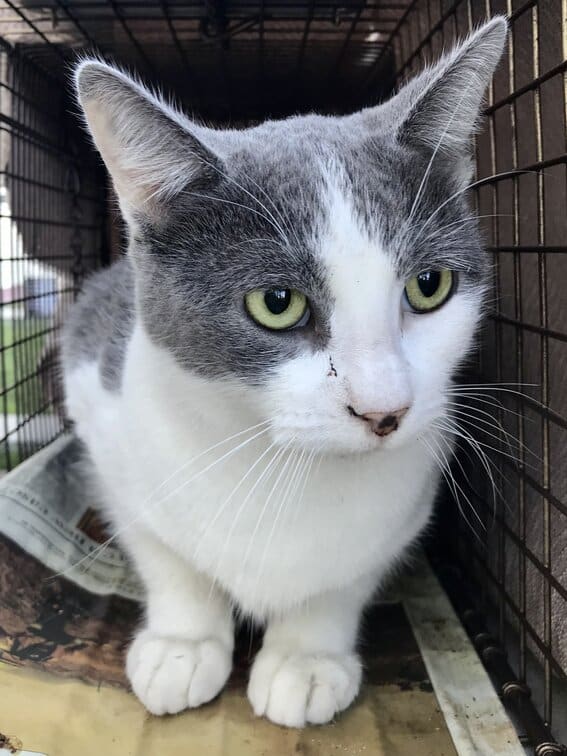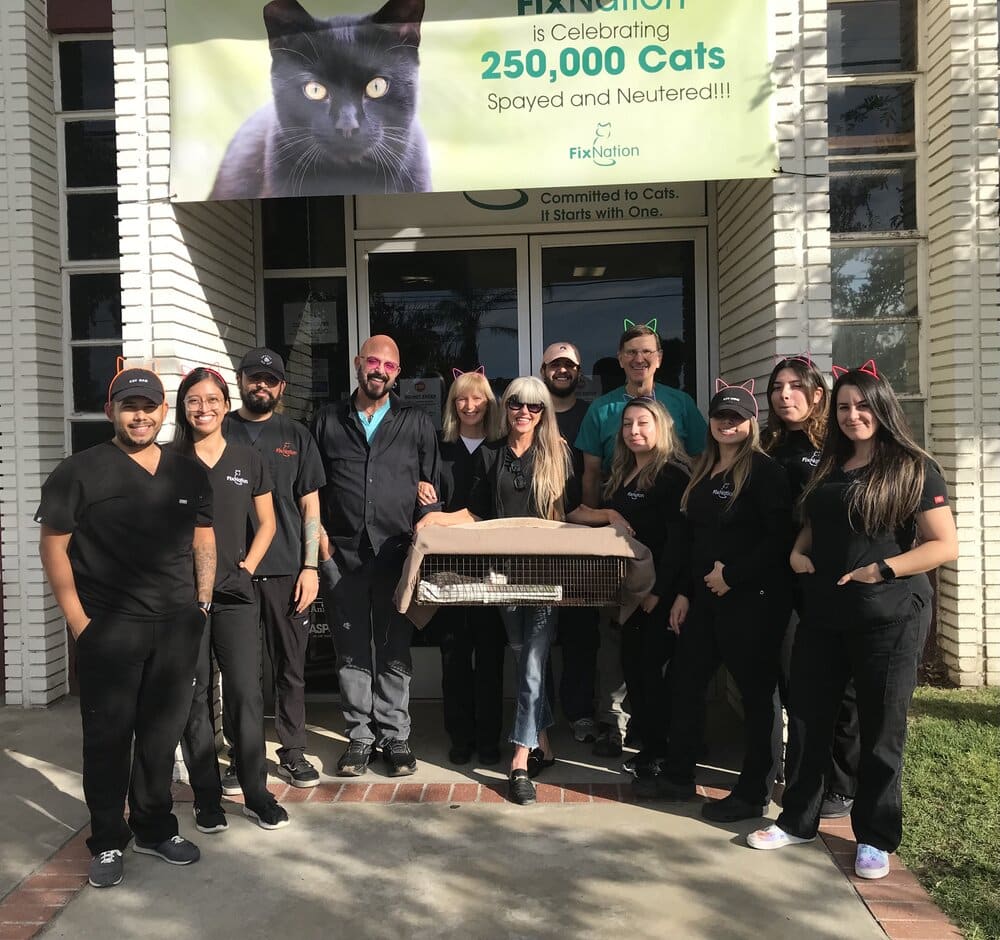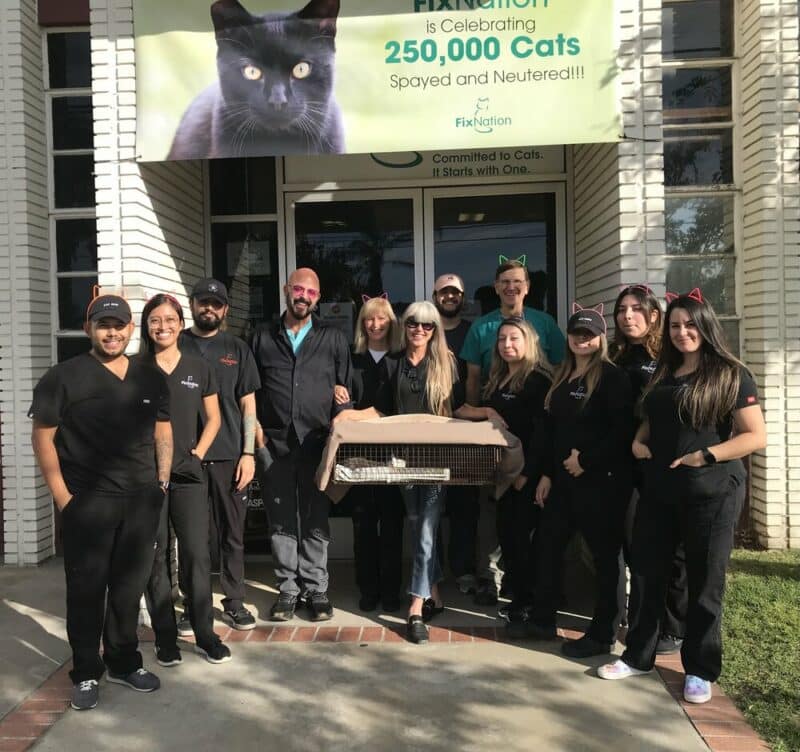On a sunny Wednesday in late November 2023, FixNation, a groundbreaking non-profit based in Los Angeles, celebrated the sterilization of its 250,000th cat.
With a mission to provide free spay/neuter services for community cats (feral, abandoned, and free-roaming felines) and affordable services for companion cats, FixNation has played a pivotal role in reducing feline overpopulation in Southern California with its high-volume/high-quality clinics and Trap-Neuter-Release (TNR) program.
Given its pleasant climate and urban sprawl, Los Angeles is home to a persistent and uncountable stray cat community. Emphasizing the importance of sterilization, FixNation executive director Karn Myers said, “Of those 250,000 cats, our efforts prevented each female from giving birth to multiple litters of kittens, as well as the generations of offspring that unneutered males would have fathered.”
She added, “Over time, that adds up to a massive, mind-boggling number—millions of cats that otherwise would have been born and struggling to survive on the streets.”
A Mission of Compassion

Founded in 2007 by Karn Myers and her late husband Mark Dodge, FixNation started as an all-volunteer program in 1999, sterilizing six cats on opening day. Currently, the clinic performs over 100 surgeries daily, sparing millions of cats from a life of hardship.
Meet Cloud, the 250,000th Cat

To honor this milestone, a friendly female community cat named Cloud was chosen as the 250,000th cat spayed or neutered at FixNation. Dr. Kiyoko Ishiwata performed the surgery. Luxe Paws founder Jacquie Navratil, the trapper who brought in Cloud, was presented with cat-themed merchandise donated by FixNation board members Jackson Galaxy and Kimberlie Hamilton, and a supply of food to aid street cats in downtown L.A.

“Shelter Me” Episode
Earlier in 2023, FixNation welcomed two-time Emmy-winning producer/director Steven Latham, who brought a film crew and spent the day filming for an upcoming “Shelter Me” episode on PBS. The episode documented the sterilization of 222 cats in a single day, and captured the dedication of FixNation’s team.
“While other groups are decreasing funding for spay/neuter,” Latham said, “FixNation is running into the burning building to help…. The love, compassion and respect that every single person at FixNation gives to these cats will restore your faith in humanity.”
Funding Setbacks vs. High Demand
With anywhere from 50 to 100 million stray cats roaming the streets and neighborhoods in the US, every major city has a feral cat population. The crisis will continue as long as our communities struggle to allocate the resources for animal control programs.
“It’s a frustrating situation, as the clear solution for the cat population boom is mass sterilization. There simply aren’t enough homes out there for all the kitties that need them. Los Angeles will never adopt its way out of this crisis,” Myers explained.
Despite the organization’s staunch commitment to its mission, FixNation is currently facing serious funding obstacles. The clinic is expecting to fix over 17,000 cats this year, and is experiencing a surge of appointment requests. This funding crisis has been exacerbated by economic challenges and a pivot in donor preferences toward foster and adoption programs.
“Grants and private donations enabled us to fix 250,000 cats thus far, yet now—at a time when our services are needed more than ever—our funding has plummeted,” said Myers. “Only with adequate funding will we be able to continue our compassionate mission using the most natural means of population control, sterilization, the only humane and effective alternative to mass euthanasia.”

Looking Forward

FixNation’s pioneering Trap-Neuter-Return (TNR) program stands firm at the frontlines of the battle against feline overpopulation. Based on the principles of high-volume/high-quality spay and neuter services, free TNR training, and loaning humane traps to the public, the organization will continue its mission one way or another.
If you are interested in contributing toward their cause, visit www.fixnation.org










